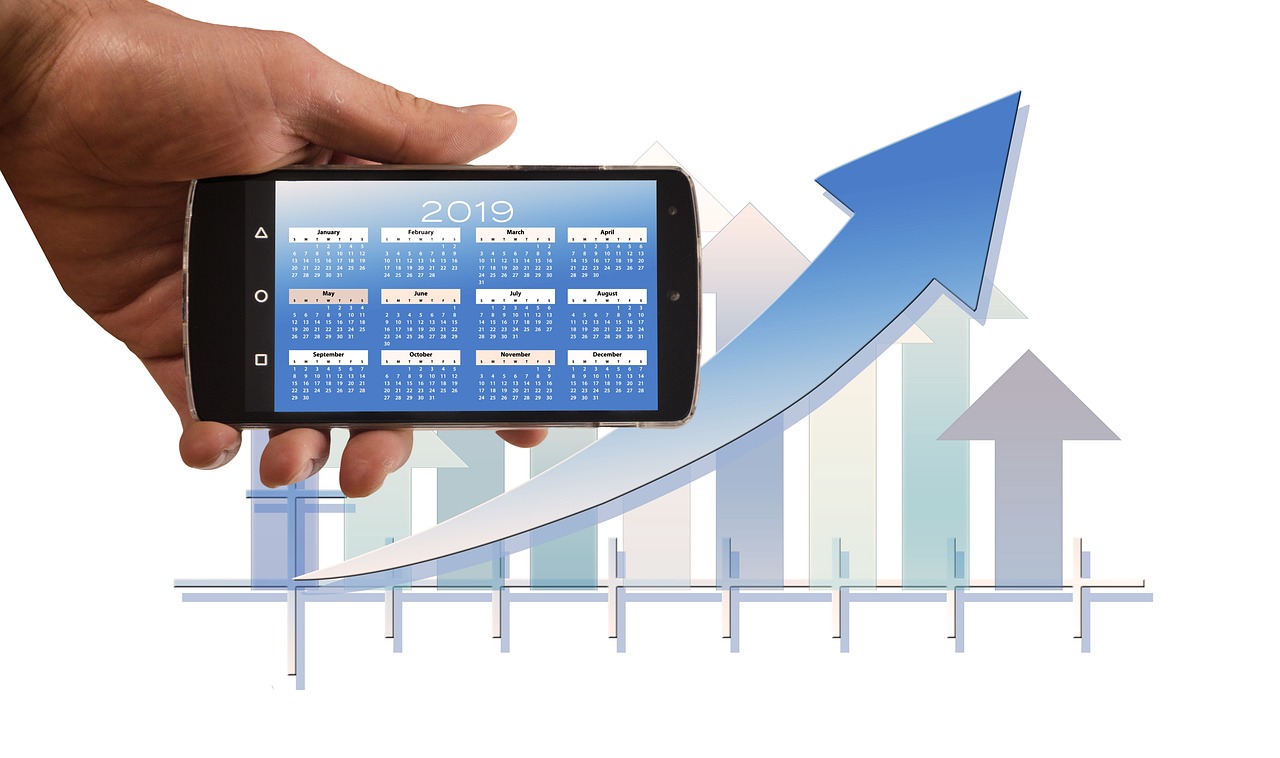Imagine trying to juggle multiple flaming torches while riding a unicycle – that’s what managing tasks without a proper system feels like for many. The good news is, you don’t have to resign yourself to a chaotic circus act. Effective task management can transform your workflow from a stressful juggling act into a smooth, efficient performance. This guide will equip you with the knowledge and tools to conquer your to-do list and achieve your goals with greater ease and focus.
What is Task Management?
Task management is the process of planning, organizing, prioritizing, and executing tasks to achieve specific goals. It involves breaking down large projects into smaller, manageable steps, assigning responsibilities, setting deadlines, and tracking progress. It’s not just about creating a to-do list; it’s about strategically managing your time and resources to maximize productivity and minimize stress.
Why is Task Management Important?
Effective task management offers a plethora of benefits, impacting both individual productivity and overall organizational success.
- Increased Productivity: By prioritizing tasks and focusing on what matters most, you can achieve more in less time.
- Reduced Stress: A clear plan eliminates the feeling of being overwhelmed and allows you to tackle tasks with confidence.
- Improved Time Management: You become more aware of how you spend your time and can identify areas for improvement.
- Better Collaboration: When working in a team, task management tools facilitate clear communication, accountability, and progress tracking.
- Enhanced Goal Achievement: By breaking down large goals into smaller tasks, you make them more achievable and maintain momentum.
Common Challenges in Task Management
Despite its importance, many individuals and teams struggle with effective task management. Common challenges include:
- Lack of Prioritization: Not knowing which tasks are most important can lead to wasted effort on low-value activities.
- Poor Planning: Inadequate planning can result in missed deadlines and rushed work.
- Ineffective Communication: Lack of clear communication can lead to misunderstandings and delays.
- Overwhelming Workload: Feeling overwhelmed by the sheer volume of tasks can lead to procrastination and burnout.
- Difficulty Tracking Progress: Without a system for tracking progress, it can be difficult to stay motivated and identify potential roadblocks.
Task Management Methodologies
Different methodologies can help you structure your task management process. Choosing the right methodology depends on your individual needs and the nature of your work.
The Eisenhower Matrix (Urgent/Important)
The Eisenhower Matrix, also known as the Urgent-Important Matrix, is a simple yet powerful tool for prioritizing tasks based on their urgency and importance.
- Urgent and Important (Do First): These tasks require immediate attention and contribute significantly to your goals. Examples include crisis management, deadlines, and pressing problems.
- Important but Not Urgent (Schedule): These tasks are crucial for long-term success but don’t require immediate attention. Examples include planning, relationship building, and personal development. Schedule these tasks for specific times.
- Urgent but Not Important (Delegate): These tasks demand immediate attention but don’t contribute significantly to your goals. Examples include interruptions, some meetings, and certain emails. Delegate these tasks whenever possible.
- Neither Urgent nor Important (Eliminate): These tasks are distractions and should be eliminated from your to-do list. Examples include time-wasting activities, unnecessary meetings, and trivial tasks.
- Example: Imagine you’re a project manager. A client calls with an urgent request (Urgent & Important – Do First). You need to plan the project’s next phase (Important but Not Urgent – Schedule). You get interrupted by a colleague asking for a minor report update (Urgent but Not Important – Delegate). You spend time browsing social media (Neither Urgent nor Important – Eliminate).
Getting Things Done (GTD)
Getting Things Done (GTD), created by David Allen, is a popular methodology that emphasizes capturing all your tasks and ideas in a trusted system, organizing them into actionable steps, and regularly reviewing your system to stay on track.
- Capture: Collect all tasks, ideas, and commitments in an inbox.
- Clarify: Process each item in your inbox and decide what it is and what action is required.
- Organize: Organize your tasks into lists based on context (e.g., “At Computer,” “Phone Calls,” “Errands”).
- Reflect: Regularly review your lists and update them as needed.
- Engage: Choose the most appropriate task from your lists and take action.
- Example: You have multiple tasks on your mind. Write them all down in a notebook (Capture). Decide if each item is actionable (Clarify). Create lists like “Home,” “Work,” and “Online” and sort the tasks accordingly (Organize). Review these lists weekly to reprioritize (Reflect). Choose a task from your lists and start working on it (Engage).
The Pomodoro Technique
The Pomodoro Technique is a time management method that involves working in focused bursts of 25 minutes (called “Pomodoros”) followed by short breaks. This helps maintain concentration and prevent burnout.
- Choose a Task: Select a task you want to work on.
- Set a Timer: Set a timer for 25 minutes.
- Work on the Task: Focus solely on the task until the timer rings.
- Take a Short Break: Take a 5-minute break.
- Repeat: Repeat steps 2-4 four times.
- Take a Long Break: After four Pomodoros, take a 20-30 minute break.
- Example: You need to write a blog post. Set a timer for 25 minutes and focus solely on writing. When the timer rings, take a 5-minute break to stretch or grab a drink. Repeat this process four times, then take a longer break.
Task Management Tools
Numerous task management tools are available, ranging from simple to-do list apps to comprehensive project management platforms.
To-Do List Apps
These apps are ideal for managing personal tasks and simple projects.
- Todoist: A popular to-do list app with features like task prioritization, recurring tasks, and collaboration.
- Microsoft To Do: A simple and free to-do list app integrated with Microsoft ecosystem.
- Google Tasks: Another free and easy-to-use option, integrated with Gmail and Google Calendar.
Project Management Software
These platforms are designed for managing complex projects and collaborating with teams.
- Asana: A versatile project management tool with features like task assignments, deadlines, progress tracking, and reporting.
- Trello: A visual project management tool that uses Kanban boards to organize tasks.
- Monday.com: A customizable work operating system that allows teams to plan, track, and manage their work in one place.
- Jira: Primarily used for software development projects, Jira offers robust features for bug tracking, issue resolution, and agile project management.
Choosing the Right Tool
When selecting a task management tool, consider the following factors:
- Features: Does the tool offer the features you need, such as task prioritization, collaboration, and reporting?
- Ease of Use: Is the tool easy to learn and use?
- Integration: Does the tool integrate with other tools you use, such as email, calendar, and communication apps?
- Price: Does the tool fit your budget? Many tools offer free plans for individuals or small teams.
- Scalability: Can the tool scale as your needs grow?
Best Practices for Effective Task Management
Implementing the right tools and methodologies is only half the battle. Here are some best practices to maximize your task management efforts:
Clear and Specific Task Definition
Avoid vague task descriptions like “Work on project.” Instead, define tasks with clear and specific actions.
- Example: Instead of “Write blog post,” try “Write the introduction for the blog post about task management.”
- Actionable Tasks: Ensure that each task has a clear action verb and a specific outcome.
- Break Down Complex Tasks: Divide large tasks into smaller, more manageable subtasks.
Prioritization Techniques
Prioritizing tasks is essential for focusing on what matters most.
- Use the Eisenhower Matrix: As mentioned earlier, categorize tasks based on urgency and importance.
- The Pareto Principle (80/20 Rule): Focus on the 20% of tasks that will generate 80% of the results.
- Eat the Frog: Tackle the most challenging or unpleasant task first thing in the morning. This prevents procrastination and sets a positive tone for the day.
Time Blocking and Scheduling
Allocate specific time slots for specific tasks in your calendar.
- Dedicated Focus Time: Block out time for deep work and minimize distractions during these periods.
- Buffer Time: Include buffer time between tasks to account for unexpected delays or interruptions.
- Realistic Time Estimates: Accurately estimate the time required for each task. Underestimating time can lead to stress and missed deadlines.
Regular Review and Adjustment
Task management is an ongoing process that requires regular review and adjustment.
- Weekly Review: Set aside time each week to review your tasks, update your plans, and adjust your priorities.
- Daily Review: Briefly review your tasks at the end of each day to identify progress, adjust plans for the next day and reprioritize.
- Adapt to Change:* Be flexible and willing to adjust your plans as needed. Unforeseen events can disrupt even the best-laid plans.
Conclusion
Mastering task management is a journey, not a destination. By understanding the principles, exploring different methodologies, leveraging the right tools, and adopting best practices, you can transform your workflow and achieve your goals with greater efficiency and less stress. Start by experimenting with different techniques and tools to find what works best for you. Remember to be consistent, patient, and adaptable, and you’ll be well on your way to becoming a task management pro.




